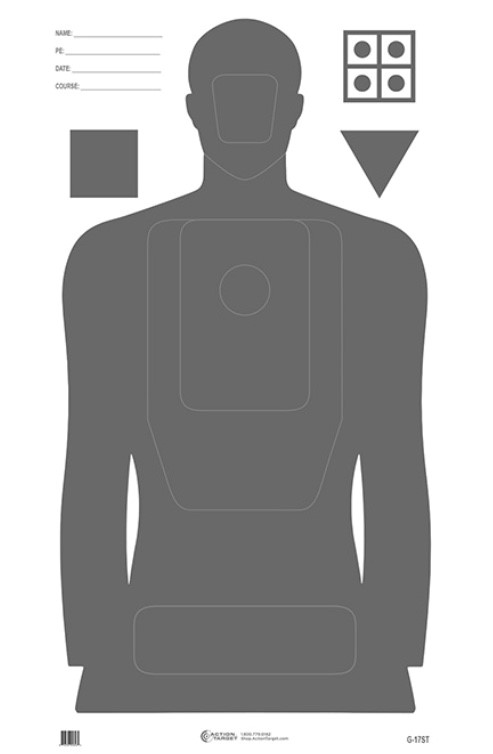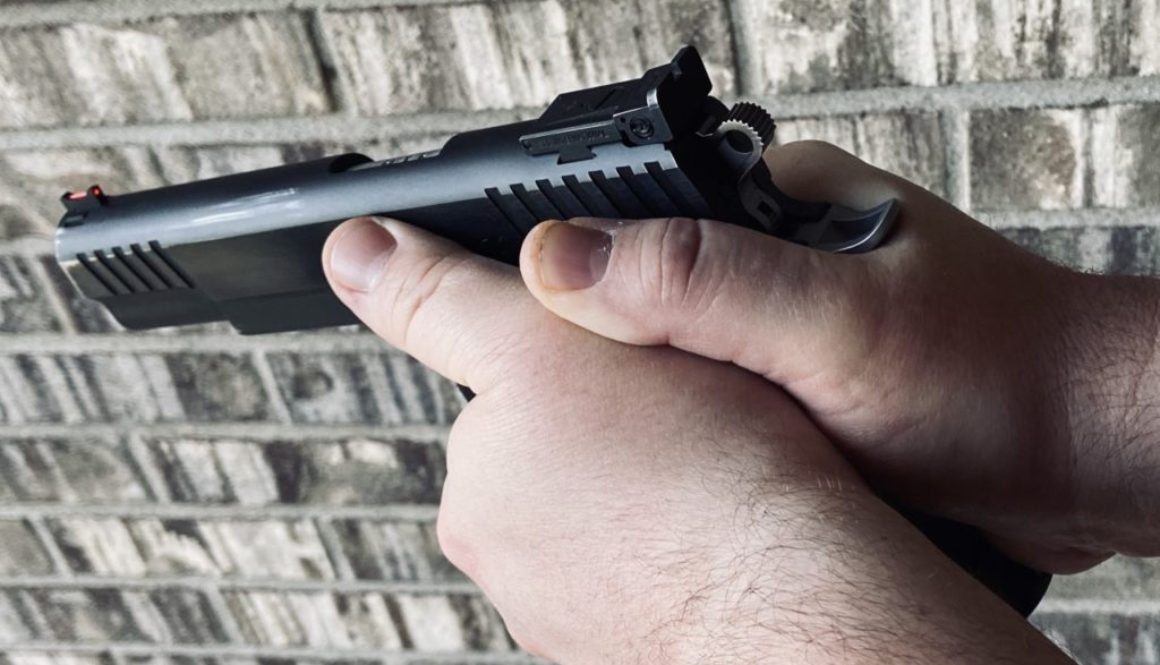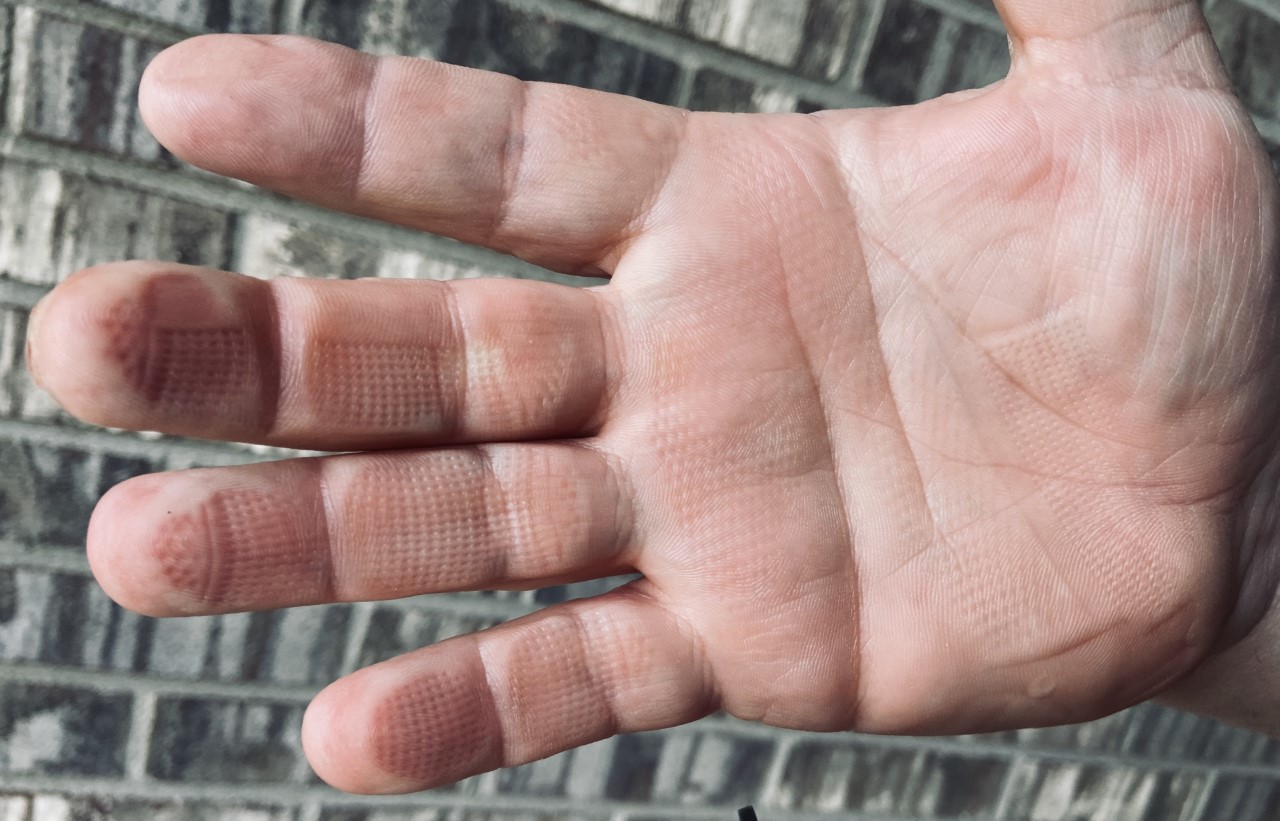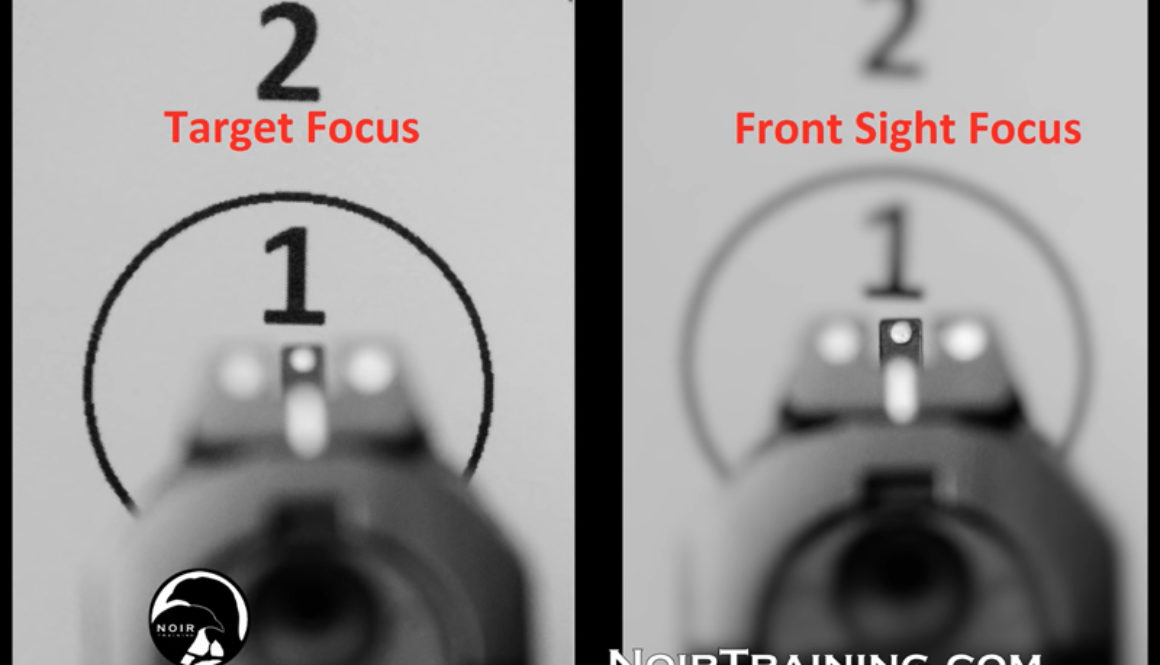Police Qualification Standards
Police Qualification Standards
(and why they matter to you)
It is common knowledge that Police Officers must undergo a substantial amount of training to become certified and that a portion of that training is firearms training. I think most people know that officers are required to pass a shooting qualification standard before they can begin their duties. In Indiana this is typically done at the Indiana Law Enforcement Academy (ILEA).Most people also know that it is considered best practice for officers to shoot that same qualification annually after they have received their certification to demonstrate that they have maintained that level of proficiency with their handguns.
What is, perhaps, less known is that even after retirement officers can continue to qualify annually and retain their ability carry their handgun. It works similarly to a license to carry but is codified under federal law and is accepted in all states.
A topic that occasionally comes up is the idea that a citizen that carries a handgun would be well served to have a certification indicating that they can pass the same proficiency standard as officers in their jurisdiction must pass, particularly if they ever found themselves in court defending their use of a handgun.
This is a logical conclusion. After all, if your ability is called into question it would be nice to be able to say you can shoot at least as well as the state requires police officers to shoot. For that reason we are looking at offering a qualification and certification process as part of our services once this pandemic situation subsides.
In the meantime, I thought it would be beneficial to outline the Indiana qualification standards as well as the FBI standards so that everyone could have an idea of what is tested and what level of skill is necessary to pass.
We will start with the Indiana qualification course.

This course of fire is done using a G-17 silhouette target. This target, pictured above, is a generous silhouette target with an equally generous scoring zone. The only scoring zone that matters for the qualification is the largest zone on the target that looks like a big rectangle with the bottom sides tapered in slightly. The smaller zones inside, as well as the head and hip zones, don’t matter for the standard qualification. Any shot within the large scoring zone is worth 2 points, any shot on the silhouette outside of that scoring zone is worth 1 point, and anything completely off the silhouette is 0 points. The course of fire is 50 rounds total and you need 80 points to pass.
Each string of fire is 10 rounds and you begin with 5 rounds in the gun (1 chambered and 4 in the inserted magazine) and a spare magazine of exactly 5 rounds in a magazine carrier. No cover garment required. All strings are fired strong hand, two handed, unless otherwise noted.
Strings of fire are as follows:
String 1 – 3 yards
– Draw and fire 3 rounds in 5 seconds (2 remaining in the gun)
– From the ready fire 2 rounds, reload, and fire 2 more rounds in 12 seconds (3 remaining in the gun)
– From the ready fire 3 rounds in 3 seconds
String 2 – 5 yards
– Draw and fire 5 rounds strong side only then transition to weak hand only and fire 5 rounds in 17 seconds (reload as necessary, can use both hands to reload)
String 3 – 7 yards
– Take one step to the right, draw, and fire 10 rounds in 20 seconds (reload as necessary)
String 4 – 15 yards
– Draw, fire 5 rounds while standing, transition to kneeling, fire additional 5 rounds (reload as necessary)
String 5 – 25 yards
– While positioned behind a small barricade shooter will fire 5 rounds from the right side of the barricade and then 5 rounds from the left side of the barricade. A DA/SA semi-auto can be manually cocked before the first shot on this string only.
The ILEA course offers a large target, generous time constraints, and doesn’t require shooting from concealment. This course doesn’t present a difficult challenge to an accomplished shooter but for those not accustomed to shooting at 15 and 25 yards, and those that haven’t practiced reloading under time pressure, it can prove difficult. Fortunately these are easy skills to practice. Reloading in particular is easy to practice and can be done dry without firing a single shot.
An alternative course we hope to offer is the FBI qualification. This course is considerably more challenging than the ILEA course as it uses a smaller target, has shorter time constraints, and requires shooting from concealment. It does, however, have fewer shots at 15 and 25 yards. The FBI course has 6 rounds at 15 yards and 8 rounds at 25 yards. The ILEA course has 10 rounds at each distance.
I will post another blog shortly that has the FBI course outlined but for now go over the ILEA course and be honest with yourself about how your skill level matches up. If you carry a gun or use one for home defense and you feel like you couldn’t pass this qualification, I would strongly encourage you to seek out some professional training.
Aaron





